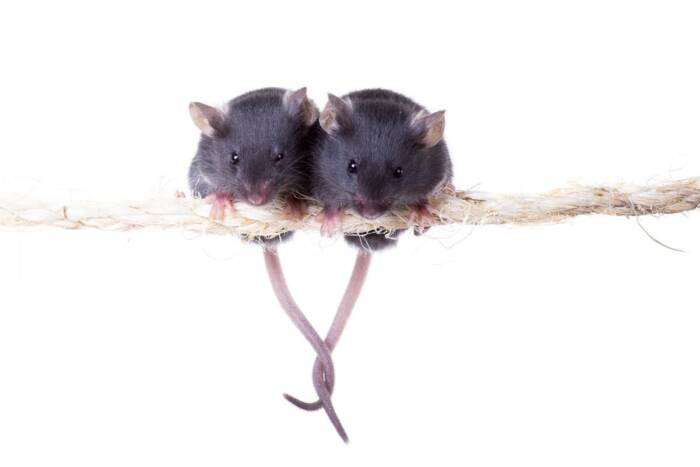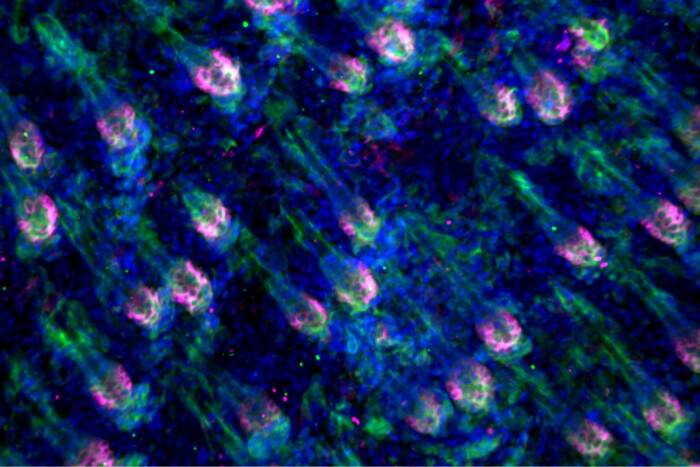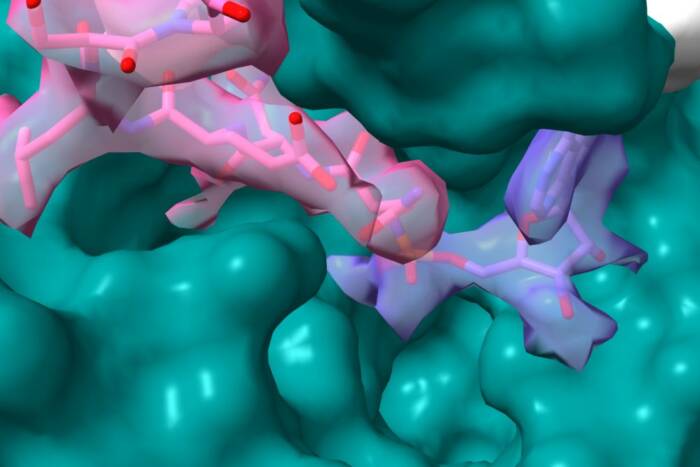New Fanconi anemia gene ID'd
An international team of researchers has uncovered the 13th gene to be associated with Fanconi anemia, a rare genetic disease linked to several types of cancer. The identification of the gene helps explain why some young patients develop early and lethal cancer, and also why relatives of these patients develop cancer in adulthood.
Children who inherit two mutated forms of the gene, PALB2 (for “partner and localizer of BRCA2”), develop Wilms tumor, brain cancer or other early childhood cancers, and rarely live beyond age four, the researchers report. Patients with this form of Fanconi anemia, which the researchers labeled FA-N, also exhibit all the hallmarks of the disorder, including short stature and severe developmental abnormalities of their kidneys, heart and thumbs.
The investigators also found that unaffected relatives of patients with FA-N are at increased risk to develop breast cancer if they inherit a single mutated PALB2 gene. The research, which was reported in two papers published this month in Nature Genetics, was performed by an international team from Rockefeller University, the Institute of Cancer Research in Great Britain and two German institutions.
“What we have found about this form of Fanconi anemia has applications to the development of cancer and birth defects in general, and that is very exciting,” says Arleen Auerbach, a co-author of the first study and director of the Laboratory of Human Genetics and Hematology at Rockefeller. “Fanconi anemia results in an inability to repair damaged DNA, and that is a problem that underlies a number of disorders.”
The discovery was made by studying cell samples and clinical information contained in the 1,000-patient International Fanconi Anemia Registry, the world’s oldest and largest database of Fanconi anemia patients, which Auerbach developed in 1982 and maintains at Rockefeller University. Other databases in Britain and Germany were used to find other affected patients, and to expand the findings to breast cancer families.
Of the 13 genes associated with Fanconi anemia, the mutated PALB2 gene is only the second to result in rare childhood cancers derived from embryonic cells. Last year Auerbach found that a new subgroup of Fanconi anemia, called FA-D1, which is caused by inheriting two mutated BRCA2 genes — genes that are linked to an increased susceptibility to breast and ovarian cancer — causes brain cancer, Wilms tumor and other embryonic tumors as well as acute myeloid leukemia in early childhood.
But FA-D1 didn’t explain all of the cases of Fanconi anemia associated with cancer that were contained in Auerbach’s database. Three young patients with these cancers did not have BRCA2 mutations, and so Rockefeller researchers examined cells from two of these patients (samples were not available from the third) as well as from their families. Their analysis led them both to PALB2, and to the discovery of a history of breast cancer in family members. For example, the mother of one child now believed to have FA-N had early-onset cancers in both breasts, and breast cancer was also diagnosed in her sister and mother, as well as in other relatives. “This was the seventh patient we entered into the database, and it is amazing that decades later we have been able to find the cause of both Fanconi anemia in that patient and the breast cancer in the family,” says Auerbach. Four other cases of Fanconi anemia were discovered in German and British Fanconi anemia databases, along with increased cancer incidence in family members.
Investigators say they believe PALB2 works to stabilize BRCA2, which is thought to be involved in recognizing DNA damage. Because they must work together to be effective, mutations in either gene results in the same clinical outcome. All seven individuals with FA-N developed cancers in early childhood, and one child developed three malignancies in the first year of life. Three other children developed two cancers.
Mutations in BRCA2 and PALB2 together account for almost all of the individuals in the databases that have both Fanconi anemia and childhood solid tumors, Auerbach says.
Nature Genetics 39: 162-164 (February 1, 2007)(opens in new window)
Nature Genetics 39: 142-143 (February 1, 2007)(opens in new window)


